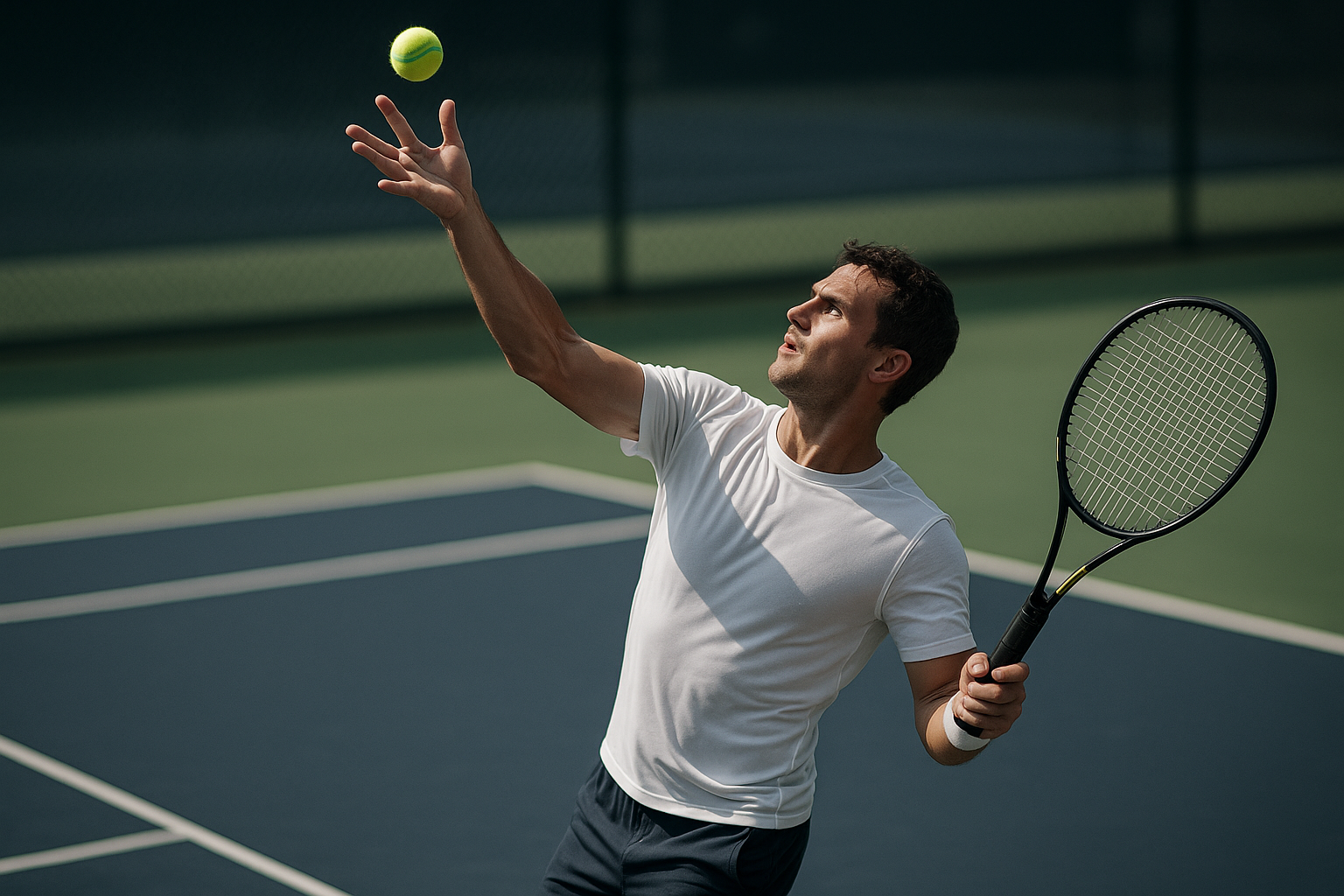Breaking Down the Biomechanics of Tennis: An Insight into the Sport's Physical Demands
Tennis has long been hailed as a sport of precision, skill, and mental agility. However, beneath the surface of this globally adored game lies a realm of complex biomechanics that dictate the performance of athletes on the court. This article delves into the intricate world of tennis biomechanics, providing an in-depth analysis of the physical demands, benefits, and applications of this fascinating sport.

The Anatomy of a Tennis Swing
The tennis swing, a seemingly straightforward action, is a harmonious interplay of various body parts working in synergy. The kinetic chain involved in a tennis swing includes the legs, trunk, shoulder, arm, and wrist. Each component contributes to the force production, with the legs and trunk being the primary power generators.
Serving Up Power: The Biomechanics of the Tennis Serve
The tennis serve is a complex motion that requires a precise coordination of various body segments. It begins with a controlled toss, followed by a rapid rotation of the trunk and a whip-like action of the arm. The serve showcases the principle of sequential summation of movement, where power is gradually built up from larger to smaller body segments, culminating in the swift strike of the racket.
The Game of Angles: Understanding Shot Selection and Court Positioning
Tennis is a game of geometry. The angle of racket swing, the position on the court, and the trajectory of the ball are all crucial factors influencing shot outcome. Understanding the principles of projectile motion and angles can significantly enhance a player’s ability to strategize and execute effective shots.
The Physical Demands and Benefits of Tennis
Tennis is a high-intensity intermittent sport, characterized by short bouts of intense activity interspersed with brief recovery periods. This unique demand places a high emphasis on both aerobic and anaerobic energy systems, making tennis an excellent sport for overall fitness. Additionally, the multidirectional movements involved in tennis enhance agility, coordination, and balance.
Applying Biomechanics to Improve Performance
Knowledge of tennis biomechanics can be instrumental in enhancing performance and preventing injuries. Tailoring training regimes to improve kinetic chain efficiency, optimizing shot techniques based on biomechanical principles, and understanding the physical demands of the sport can all contribute to a player’s success.
In conclusion, the biomechanics of tennis offer a fascinating glimpse into the physical intricacies of the sport. Through understanding these principles, players can harness the power of science to elevate their game, demonstrating that tennis is as much a sport of brains as it is of brawn.





